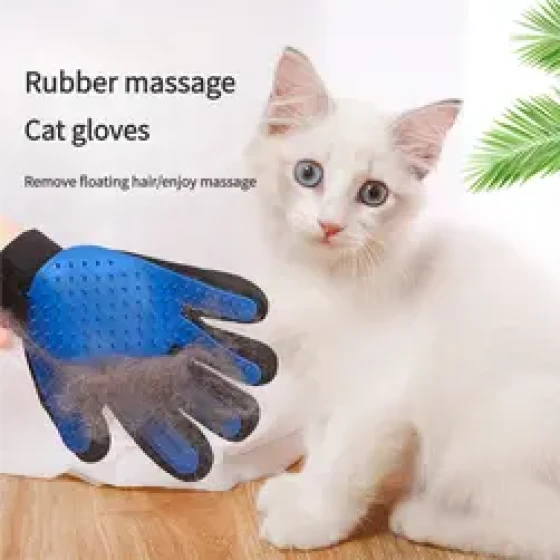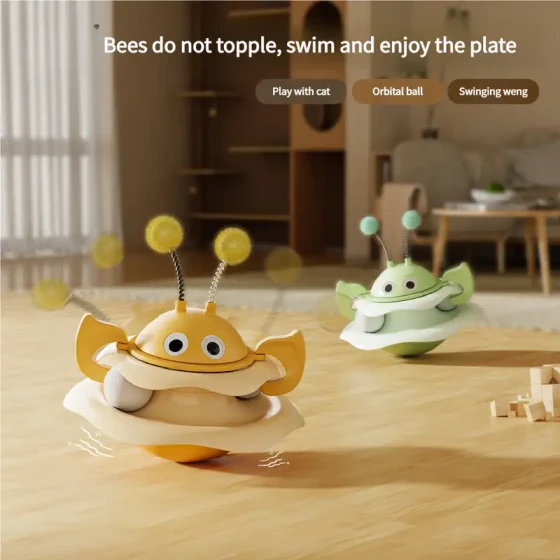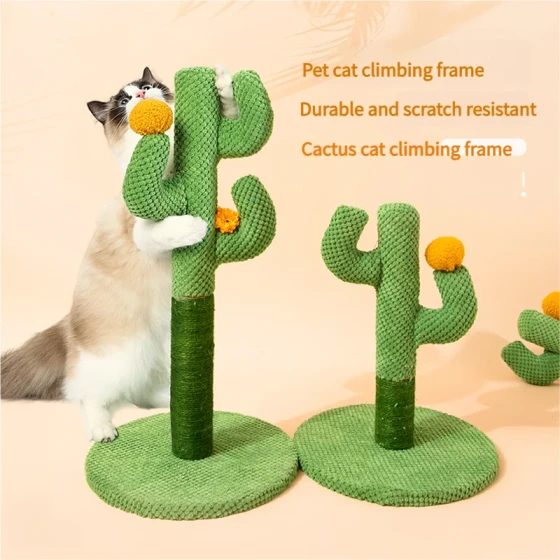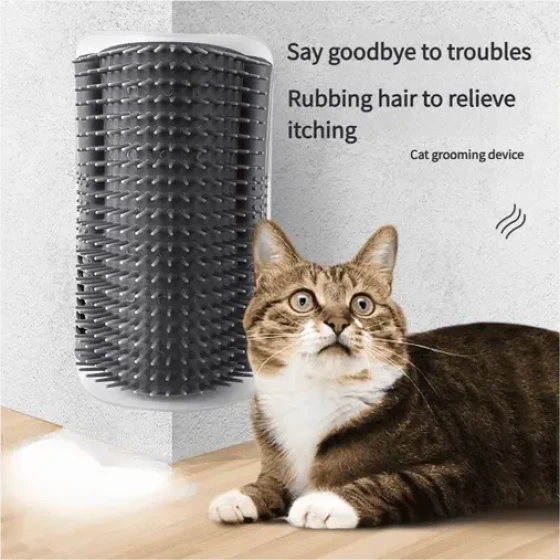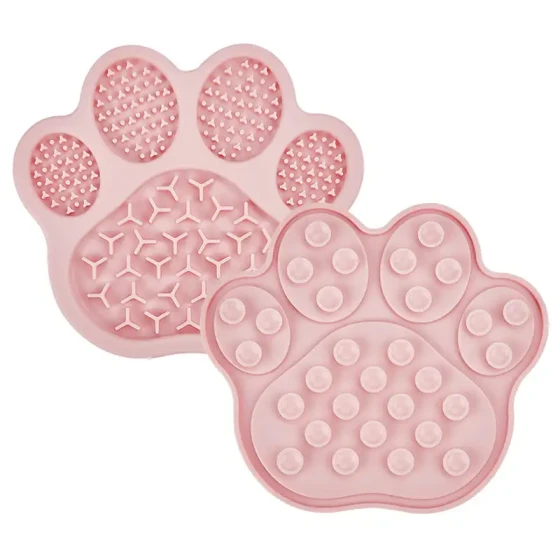Eye Color Grading of Devon Rex Cats (Which Color Breed Is Better)
Devon Rex cats are famous worldwide for their unique curly short fur and "fairy-like" appearance. Their large eyes, broad low-set ears, and small triangular heads make these cats particularly charming. Among these distinctive physical features, eye color is often the hot topic of discussion among cat lovers and judges. This article will delve into the standards of Devon Rex eye color, the characteristics of different colors, and how to judge the quality of eye colors, helping you better understand the detail charm of this breed’s appearance.
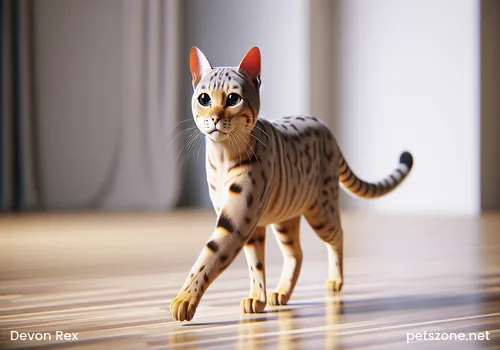
Devon Rex Cat (Devon Rex) Image Source: Wikipedia
1. Introduction to Devon Rex Cats
The Devon Rex first appeared in Devonshire, England in 1960. It is said that a lady named Beryl Cox discovered a cat with unusually curly fur in Buckfastleigh — it was later named Kirlee. Although initially thought to be related to the Cornish Rex, genetic tests showed the mutations differed, and the Devon Rex gradually established itself as an independent breed.
These cats are medium to small in size and typically weigh between 3–4.5 kg (approximately 6–9 lbs), yet they appear exceptionally robust. Their curly short fur is soft and delicate, with excellent texture; their large bright eyes, low-set broad ears give them a mischievous yet intelligent "fairy" temperament.
2. Eye Color Grading Standards for Devon Rex Cats
In major international cat shows and breed standards, the eyes of Devon Rex cats, although only contributing a small portion of the overall score (usually 5 points), are still an important detail judges focus on, especially regarding eye color "uniformity," "brightness," and harmony with the coat color. Key points include:
- Wide Acceptance: Most associations' standards generally state that any eye color is allowed for Devon Rex cats, but the eye color must be uniform and clear.
- Coordination and Matching: When grading, judges consider not only the eye color itself but also how well it matches the overall coat color. As the saying goes, "adding the finishing touch to the dragon," if the eye color blends naturally with the coat, it can greatly enhance the overall appearance.
- Luster and Depth: Judges tend to favor eyes that are bright, rich in depth, and full of spirit. Whether ice blue, jade green, amber, or copper, as long as the gaze is clear, it will be recognized.
3. Characteristics and Advantages of Different Eye Colors
Devon Rex cats have a wide variety of eye colors, commonly blue, green, amber, copper, and heterochromia (odd eyes). Here is a brief explanation of several common colors:
- Blue Eyes
- Characteristics: Blue eyes are common in pointed cats, often appearing as aqua or sky blue.
- Advantages: Blue eyes usually give a clear, calm impression, especially striking on white or light-colored Devon Rex coats.
- Notes: Sometimes blue eyes are associated with genetic pointed genes and may come with color deviations in ears, nose bridge, and other areas.
- Green Eyes
- Characteristics: Green eyes often appear in natural or mixed-color Devon Rex cats, with distinct color layers.
- Advantages: Green eyes convey warmth and mystery; when paired with dark or golden fur, the overall effect is very harmonious.
- Amber or Copper Eyes
- Characteristics: Amber eyes have a warm tone with a metallic luster.
- Controversy: Some standards (such as French standards) might limit amber eye acceptance, considering them less harmonious than other colors. However, in some shows, amber-eyed cats with matching coat colors can also show unique charm.
- Heterochromia (Odd Eyes)
- Characteristics: Each eye has a different color, such as one blue and one green.
- Advantages: Extremely rare and unique, easily drawing attention. However, overall harmony should be considered.
- Other Colors
- Colors like aqua blue, teal, etc., each with merits. The key is whether the color is uniform and vibrant.
4. How to Judge the Quality of Devon Rex Cat Eye Colors
When evaluating the quality of Devon Rex eye colors, judges and enthusiasts usually consider the following aspects:
- Uniformity: Eye color should be consistent without noticeable spots or discoloration.
- Brightness: The eyes should shine and never appear dull or lifeless.
- Harmony with Coat Color: The eye color should complement the cat’s fur and not appear incongruous. For example, white or pale coats paired with ice blue or light green eyes, and darker coats paired with richer green or copper eyes.
- Individuality: Although standards state "any color is acceptable," eye colors with unique temperament that fit the overall appearance proportion tend to score higher.
5. Typical Eye Color Case Displays
The table below shows characteristics and applicable situations of several common eye colors for reference:
6. Market and Appearance Analysis
In the domestic pet market, high-quality Devon Rex cats are favored for their unique appearance and friendly personality. Judges in cat shows consider body size, fur quality, head structure, and eye color comprehensively. Especially in competitions requiring "overall appearance coordination," perfectly matched eye and coat colors often contribute extra points. High-quality Devon Rex cats usually range in price from 10,000 to 20,000 RMB, with cats having coordinated, lustrous eye colors often more sought after and priced higher among collectors and enthusiasts.
7. Frequently Asked Questions (Q&A)
Q1: Does the eye color of Devon Rex cats affect market price?
A1: Although eye color accounts for a small part of the scoring, if eyes harmonize well with the coat color and possess brightness, they can add points in shows, indirectly affecting appearance evaluation and market price.
Q2: Which eye color do judges prefer?
A2: There is no absolute preference; the key is the uniformity and harmony with the coat color. Blue and green eyes are often seen as ideal, but if the cat's overall temperament is outstanding, other colors are also accepted.
Q3: Can heterochromia (odd eyes) be considered a bonus?
A3: Odd eyes, as a rare trait, can be a highlight if coordinated with other appearance features. However, if noticeably misaligned, they might affect the overall score.
Q4: How to protect the eye health of cats in daily care?
A4: Regularly check and clean eyes; if discharge or abnormalities occur, seek veterinary care promptly. Also, maintain suitable indoor lighting and avoid excessive UV exposure as important eye care measures.
8. Summary
Overall, although eye color is not a key scoring item for Devon Rex cats, it is a critical finishing touch to their overall appearance. Whether ice blue, jade green, warm amber, or unique heterochromia, as long as the color is uniform, bright, and coordinated with the coat, it adds infinite charm to these "fairy cats." For enthusiasts, paying attention to eye color is not only an aesthetic pleasure but can also help gain higher evaluations in shows and breeding.
When selecting or breeding Devon Rex cats, it is recommended to focus more on the cat's overall health and proportion rather than just the eye color. After all, the "finishing touch" requires overall harmony, and every cat is a unique work of art.
